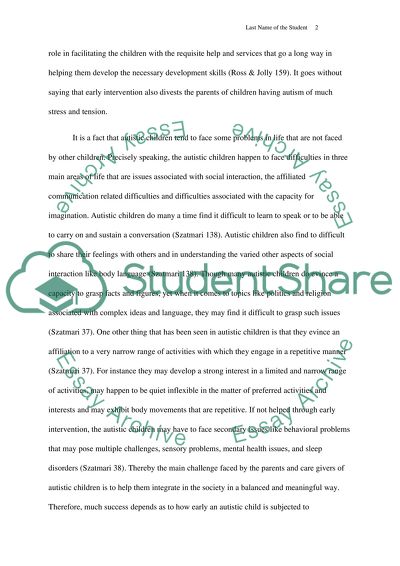Cite this document
(“Early Intervention for the Child with Autism Essay”, n.d.)
Retrieved from https://studentshare.org/english/1482692-early-intervention-for-the-child-with-autism
Retrieved from https://studentshare.org/english/1482692-early-intervention-for-the-child-with-autism
(Early Intervention for the Child With Autism Essay)
https://studentshare.org/english/1482692-early-intervention-for-the-child-with-autism.
https://studentshare.org/english/1482692-early-intervention-for-the-child-with-autism.
“Early Intervention for the Child With Autism Essay”, n.d. https://studentshare.org/english/1482692-early-intervention-for-the-child-with-autism.


